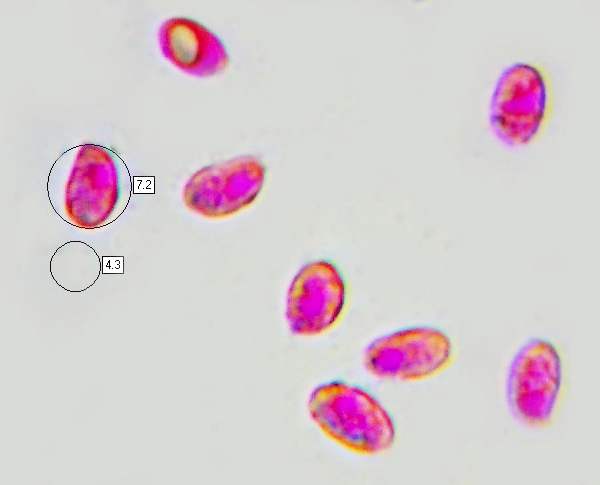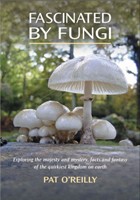Clitocybe fragrans (With.) P. Kumm. - Fragrant Funnel
Phylum: Basidiomycota - Class: Agaricomycetes - Order: Agaricales - Family: Tricholomataceae
Distribution - Taxonomic History - Etymology - Culinary Notes - Identification - Reference Sources
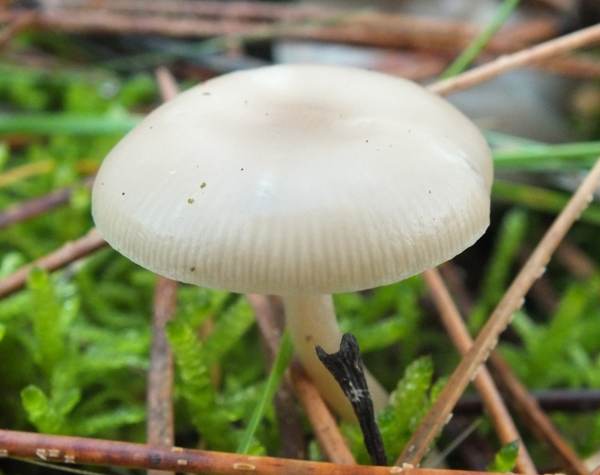
Separating the many pale funnel-shaped mushrooms that grow in woodlands is not easy, especially if you rely on macroscopically visible features, but as with Clitocybe fragrans a good sense of smell can be a great asset.
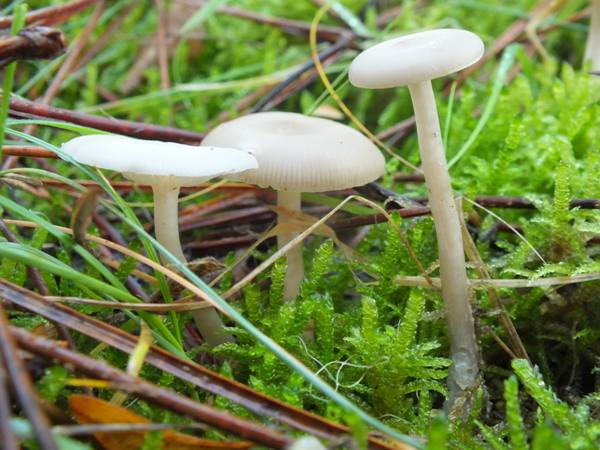
Distribution
Clitocybe fragrans is fairly common and widespread in Britain and Ireland; this species is also found across most of mainland Europe.
Taxonomic history
When English botanist William Wittering (1741 - 1799) described this species in 1792, he gave it the name Agaricus fragrans. (Most gilled fungi were initially placed in a giant Agaricus genus, now redistributed to many other genera.) In 1871 German mycologist Paul Kummer transferred this woodland/grassland mushroom to the genus Clitocybe, renaming it Clitocybe fragrans.
Synonyms of Clitocybe fragrans include Agaricus fragrans With., Omphalia fragrans (With.) Gray, Lepista fragrans (With.) Harmaja, and Clitocybe depauperata (J.E. Lange) P.D. Orton, and Pseudolyophyllum fragrans (With.) Raithelh.
Etymology
The generic name Clitocybe (usually pronounced 'klite-oss-a-bee') means 'sloping head', while the specific epithet fragrans is Latin and means 'fragrant' - a reference to the aniseed-like odour of this mushroom.
Identification guide
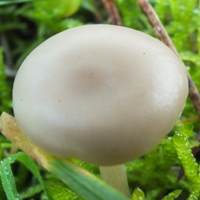 |
CapCaps are initially convex and expand to become almost flat, often with a slight central depression; 1.5 to 4cm in diameter, smooth, matt; hygrophanous, greyish brown when wet becoming creamy white when dry; margin sometimes translucently striate. The thin cap flesh is whitish. |
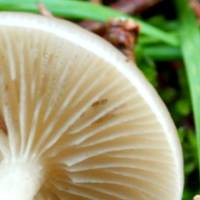 |
GillsThe moderately crowded gill are adnate to slightly decurrent and closely concolorous with the cap but often with a pinkish tinge. StemThe smooth or slightly fibrous stem is cylindrical and creamy white or pale buff, without a ring. |
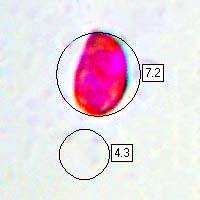 |
SporesEllipsoidal, smooth, 6.5-9 x 3.5-5μm. Spore printPale cream, sometimes with a faint orange tinge. |
Odour/taste |
Smells distinctly of aniseed; taste not distinctive. |
Habitat & Ecological role |
Singly or more often in small groups in deciduous and mixed woodland, on leaf litter; sometimes on roadside verges beside hedges or in parkland and churchyards. |
Season |
Late summer and autumn |
Similar species |
Clitocybe gibba, the Common Funnel, is typically larger and has a pinkish buff to ochre cap. Clitocybe odora has a strong aniseed smell, but it is usually larger than C. fragrans and when young and fresh it has a blue cap. |
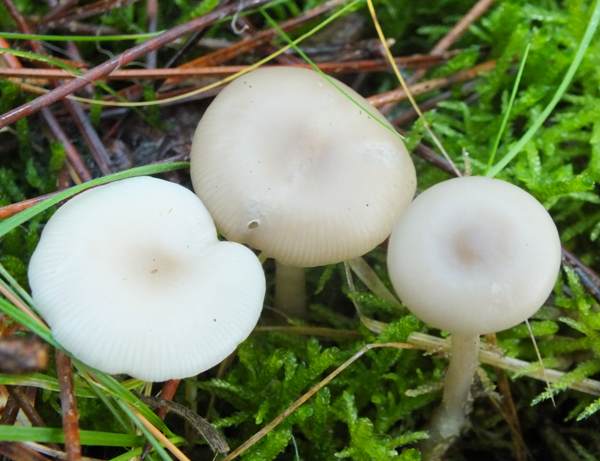
Culinary Notes
Clitocybe fragrans is reported by some authorities to be poisonous.
Reference Sources
Fascinated by Fungi, 2nd Edition, Pat O'Reilly 2016, reprinted by Coch-y-bonddu Books in 2022.
Courtecuisse. R. & Duhem. B., Mushrooms and Toadstools of Britain & Europe (1995), p.173.
Bon, M., The Mushrooms and Toadstools of Britain and North-western Europe (1987), p.135.
Funga Nordica, Henning Knudsen and Jan Vesterholt, 2008.
Dictionary of the Fungi; Paul M. Kirk, Paul F. Cannon, David W. Minter and J. A. Stalpers; CABI, 2008.
Taxonomic history and synonym information on these pages is drawn from many sources but in particular from the British Mycological Society's GB Checklist of Fungi.
Fascinated by Fungi. Back by popular demand, Pat O'Reilly's best-selling 450-page hardback book is available now. The latest second edition was republished with a sparkling new cover design in September 2022 by Coch-y-Bonddu Books. Full details and copies are available from the publisher's online bookshop...
